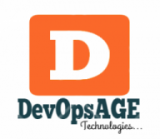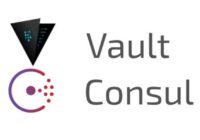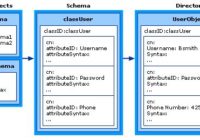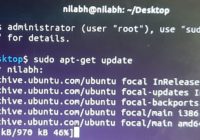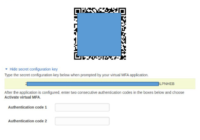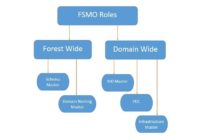Centralized Configuration Management using Hashicorp Vault and Consul.
IntroductionThis document discusses configuration management and more specifically a centralized infrastructure which stores sensitive information like usernames, passwords, tokens, TLS certificates, urls endpoints, AWS credentials etc. Configuration management becomes difficult as the application grows and has scaling requirements. This document explores the standards and best practices followed in the industry for implementing stable and secure… Read More »
